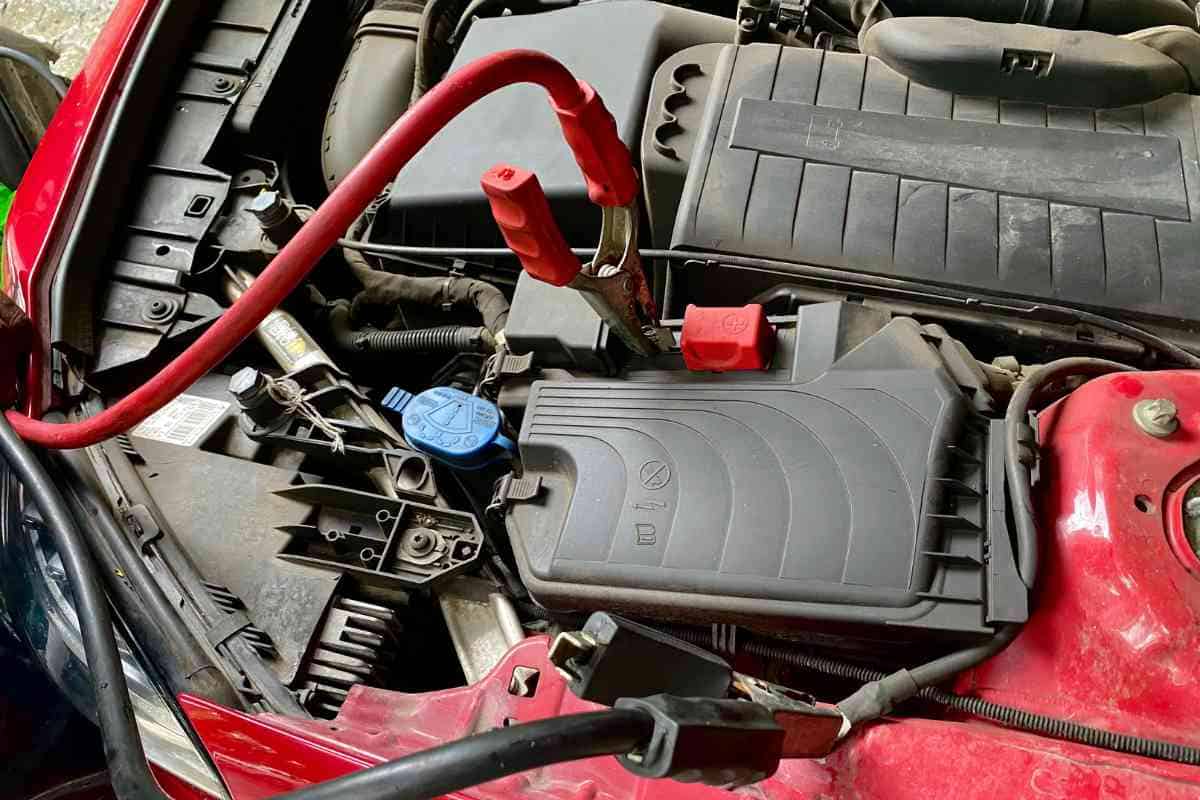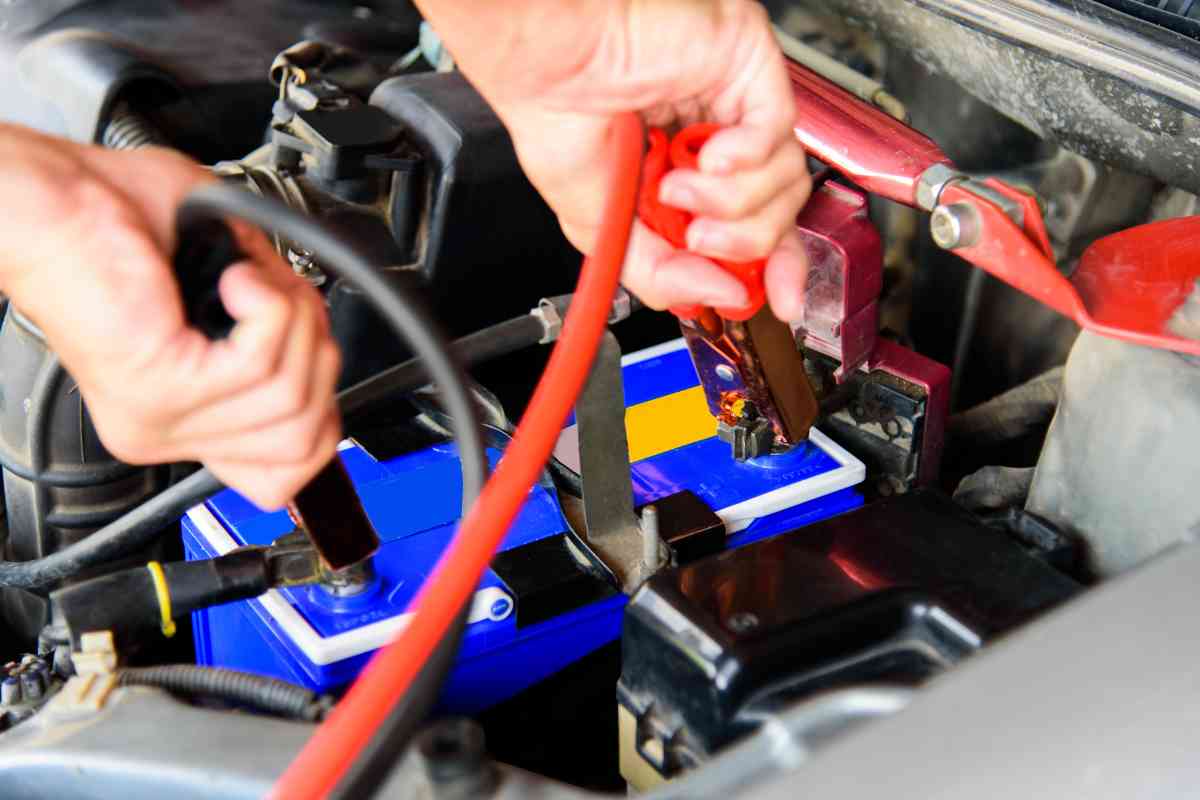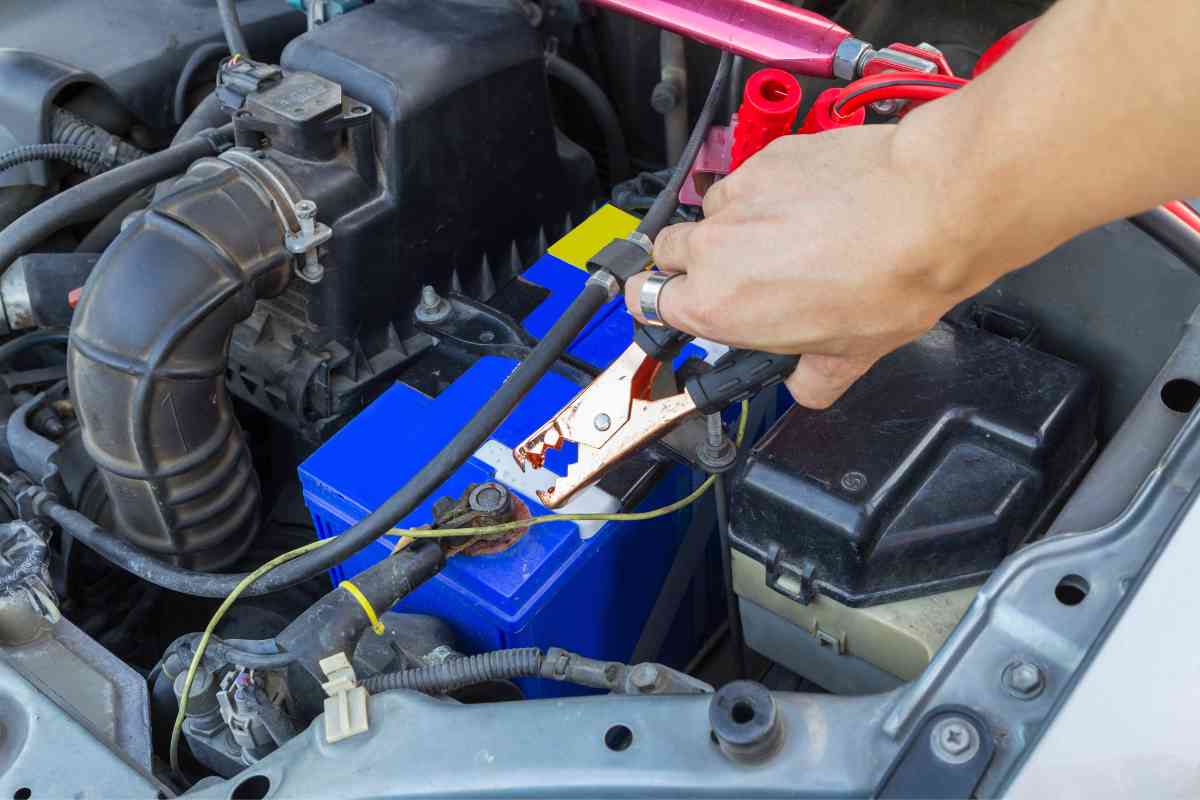Jumping A Car With A Bad Starter: Everything You Need To Know
Discover whether a bad starter can dash your hopes or if jumping your car is still a viable option to get you back on the road.

Can you jump a car with a bad starter?
Jumping a car with a bad starter is generally ineffective because the issue isn’t with the battery’s charge, but with the starter mechanism itself. While jump-starting can help a weak battery, it won’t solve a starter problem, which prevents the engine from cranking over.
We’ll discuss what the starter does and what a jump start could do to start a car. We’ll also explain how to set up a jump start, or even fix a jump starter at least temporarily.
What does the starter do for a vehicle?
The entire purpose of the starter is to deliver an electric charge to the engine that causes it to initially turn over and accept a flow of air and gas into the engine.
The starter can run briefly until the engine fully turns over, which 99.9% of the time is done the first time you attempt to use push button start or turn the key.
Symptoms of a bad starter
Like many other parts of your vehicle, there are obvious signs that your starter is going bad. These include a slow, struggling start in which the engine doesn’t fire up right away.
Having a starter that just doesn’t work has different symptoms. You can get one of two noises: Clicking or absolutely nothing.
Clicking means the starter is trying to go but failing while having no sound at all means the starter is going bad.
Can I jump-start a vehicle with a bad starter?
Maybe. If the vehicle actually needs more electricity to begin the process of starting, a jump start from another vehicle battery could be of help.
How do I jump-start a vehicle?
You’ll need either jumper cables and another vehicle with a 12V battery, or a jump pack that is charged up. Both the jumper cables and the jump pack have two big wires with pair of clamps – one is black, and one is red.
Jump Pack
If you aren’t using a second vehicle, this is called a jump pack. In this case, you want to open the hood on the vehicle that is being jumped.
First, locate the battery – it should be toward the front of the engine and has two metal terminals that you might need to uncover. One will have a red surround and the other a black surround.
We suggest first using the red clamp and placing the metal clamp over the red terminal, then attach the black clamp to the black terminal.
At this point, you can attempt to start the car almost immediately. If the vehicle does start, you’ll want to leave it running for at least a few minutes, especially if you suspect a bad battery too.
Another car

If you are using another vehicle to jump start your vehicle, you’ll want both hoods open. Get your jumper cables out – you’ll have a black clamp and a red clamp on one end, and matching red and black clamps on the other.
First, connect the red clamp to the vehicle with a known good battery and starting ability – connecting to the red terminal on the battery to the red terminal on the car that won’t start. Do the same with the black clamp.
Some caution
Be sure you match the jumper cables with the right colors – there are only two!
If you don’t, you could accidentally send lots of electricity to the wrong part of your vehicle’s electrical system and cause some serious problems.
What if jump-starting doesn’t work?
You have a couple of options if jump-starting doesn’t work on the first try:
Try jump-starting again
You could also try starting the vehicle again without jumper cables.
Unfortunately, a bad starter can behave strangely and suddenly work on one try out of 10, so all the jumper cables are truly doing is providing some extra energy.
Bypass the starter relay
Use your vehicle’s manual to bypass the starter relay, as that could be part of the problem in itself.
You’ll want to use an insulated screwdriver (be sure it is insulated, you could get electrocuted otherwise) and push it into the solenoid of the battery terminal where it says “S”.
With the screwdriver in there, try to start the car. You might be surprised to hear it fire up!
Use a hammer
Expert Tip: This is how I do it!
We have to admit that this one sounds kinda odd – but it can work. A bad starter can involve jammed-up parts that don’t quite work or move the way they are supposed to.
If you can locate the starter on your vehicle, hit it with a hammer as someone else attempts to turn the ignition.
This probably works, even for a starter that is going bad – it’s just probably not something you want to do every time you start your car!
Will it work again?
Here is where you might discover your actual problem. If you want to test to see if the issue is your starter, turn the vehicle off after about 15 minutes of letting it run.
Try to start the vehicle again. If it doesn’t start, you might actually have one or two problems: the starter is bad, or the alternator is no longer charging your battery.
You should also listen for telltale clicking or grinding sounds as the starter attempts to turn the engine over.
Should you have to bypass the starter relay again to start the vehicle, you’ll know for sure that the issue is with the starter.
The other option is to take your vehicle to a mechanic, who can quickly determine whether the issue is with your battery, starter, or alternator.
Of course, the issue could actually involve more than one of these components, making it even harder for you to tell the root of the issue.
What can I do to prevent a bad starter?
Starters don’t normally go bad suddenly. A bad starter happens over time and is often just from wear and tear.
The engine won’t start as quickly as it used to, then eventually, it might take more than one turn of the key to make it go.
Our suggestion is just to have regular maintenance. A typical mechanic shop will test for the things and also let you know when problems are beginning to occur in your alternator and battery – all three of which are pretty important when starting your vehicle.
Combining your own observation about your vehicle not starting like it used to, and regular visits for basics like oil changes helps to stop the inconvenient movement when you are trying to get somewhere but the starter won’t let you drive away without a big hassle.
Key Takeaways

- A jump start might not start a vehicle with a bad starter
- You might need to use some mechanical skill to bypass the starter relay, using a screwdriver
- Using a hammer on the starter while attempting to start it might help temporarily
- You should see a mechanic if the vehicle generally has a hard time starting.
